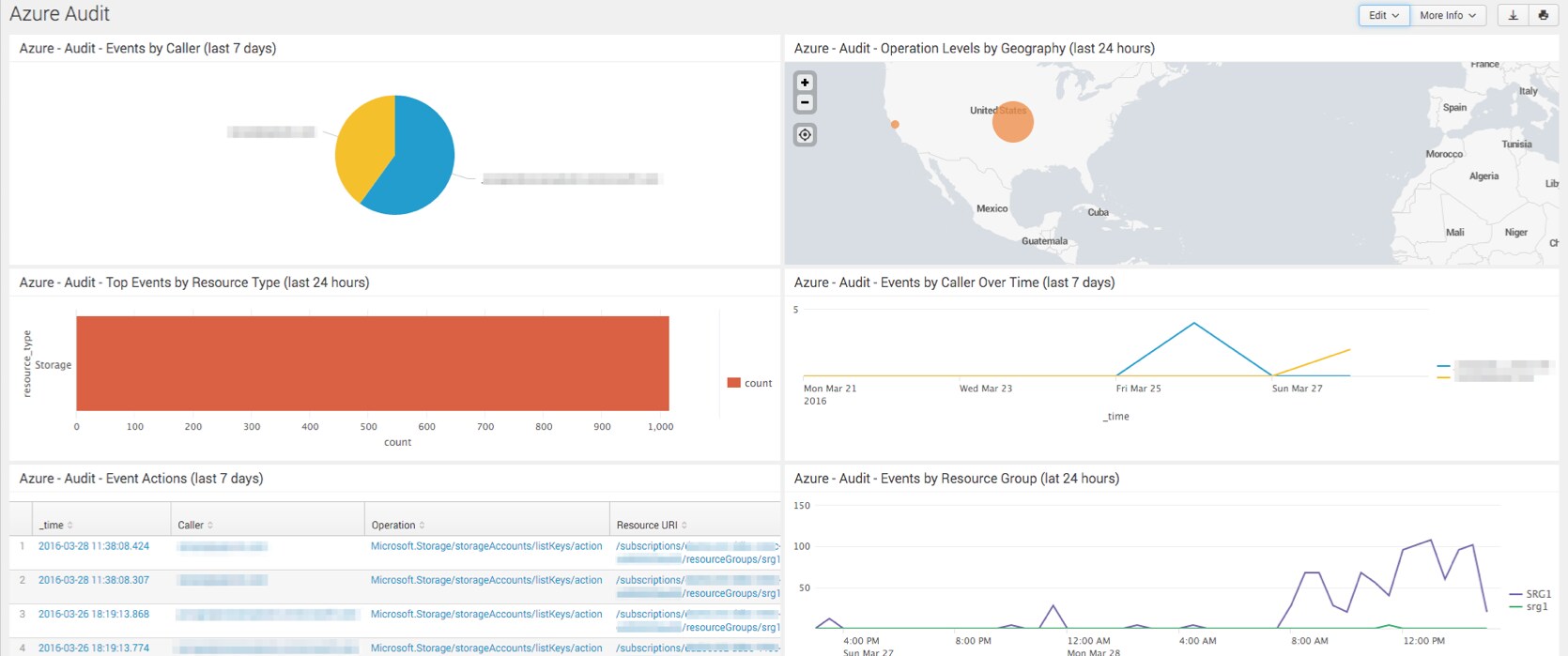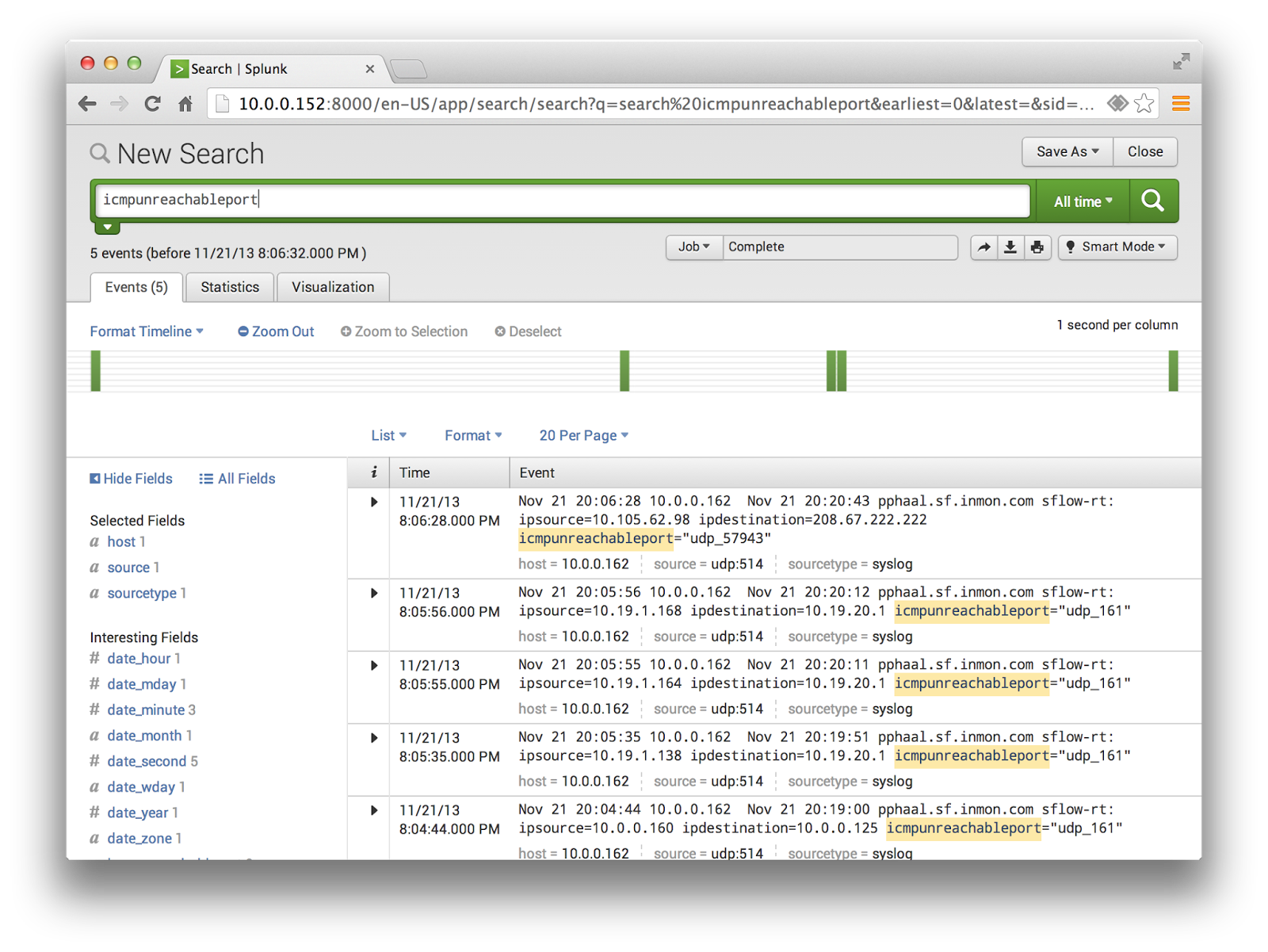

And we promote pseudonymity for data subjects wherever a service does not require personal information to function. We practice data minimization and don’t collect data we don’t need. Terms and conditionsįor the terms and conditions covering this documentation, see the HERE Documentation License.ĭata privacy is of fundamental importance to HERE and our customers. Official documentationįor documentation regarding Grafana, see the official Grafana Documentation v8.3.įor documentation regarding Prometheus, see the official Prometheus Documentation. In order to monitor all regions of a multiregion catalog, dashboards will need to be manually duplicated accross all Grafana regions. This applies to multiregion catalogs as well. Metrics displayed on those dashboards will belong only to that region.

However, there is one Grafana per region. The Splunk tool is global, meaning that the logs coming from all regions will be shown in the results. This means that Grafana will not be able to access data over 30 days old. On finishing the load, the below screen appears which shows the successful data ingestion and further possible actions we can take on the data.Prometheus only retains data from the previous 30 days. We review it and choose Next to finish the uploading of data. It is clearly depicted in the image below − Review SettingsĪfter clicking on the next button, we see a summary of the settings we have chosen. The summary index only creates summary of the data through aggregation and creates index on it while the history index is for storing the search history. Next, we choose the index type to be created on the input data for searching. For example, if the path to the source is /var/log/ and you want the third segment (the host server name) to be the host value, enter "3". When you want to extract the host name from a segment in your data source's path, enter the segment number in the Segment number field. Then enter the regex for the host you want to extract in the Regular expression field.

When you want to extract the host name with a regular expression. It is the complete host name where the source data resides. Following are the options to choose from, for the host name − Constant value

In this step of data ingestion, we configure the host name from which the data is being ingested. In the current example given below, we choose the default source type. On clicking the source type drop down, we can see various data types that Splunk can ingest and enable for searching. It also gives the user an option to choose a different data type than the chosen by Splunk. Splunk has an in-built feature to detect the type of the data being ingested. After selecting the file, we move to next step using the green coloured next button in the top right corner. Next, we choose the file, secure.log from the folder, mailsv which we have kept in our local system as mentioned in the previous paragraph. We will use data from both these sets for understanding the working of various features of Splunk. We can also gather another set of data provided by Splunk which is available at from the Official Splunk webpage. They are the log data generated by some web apps. On opening the folder, you can find three files which have different formats. Save this file and unzip it in your local drive. We can get the data for analysis from the Official Website of Splunk. On clicking this button, we are presented with the screen to select the source and format of the data we plan to push to Splunk for analysis. After logging in, the Splunk interface home screen shows the Add Data icon as shown below. Data ingestion in Splunk happens through the Add Data feature which is part of the search and reporting app.


 0 kommentar(er)
0 kommentar(er)
